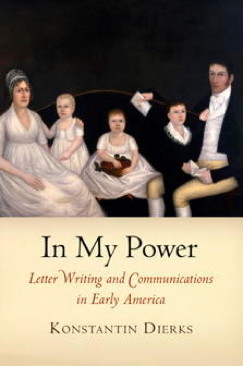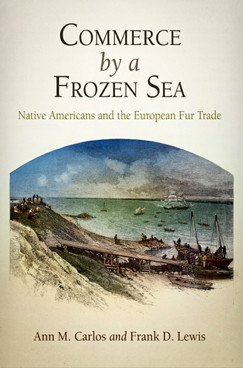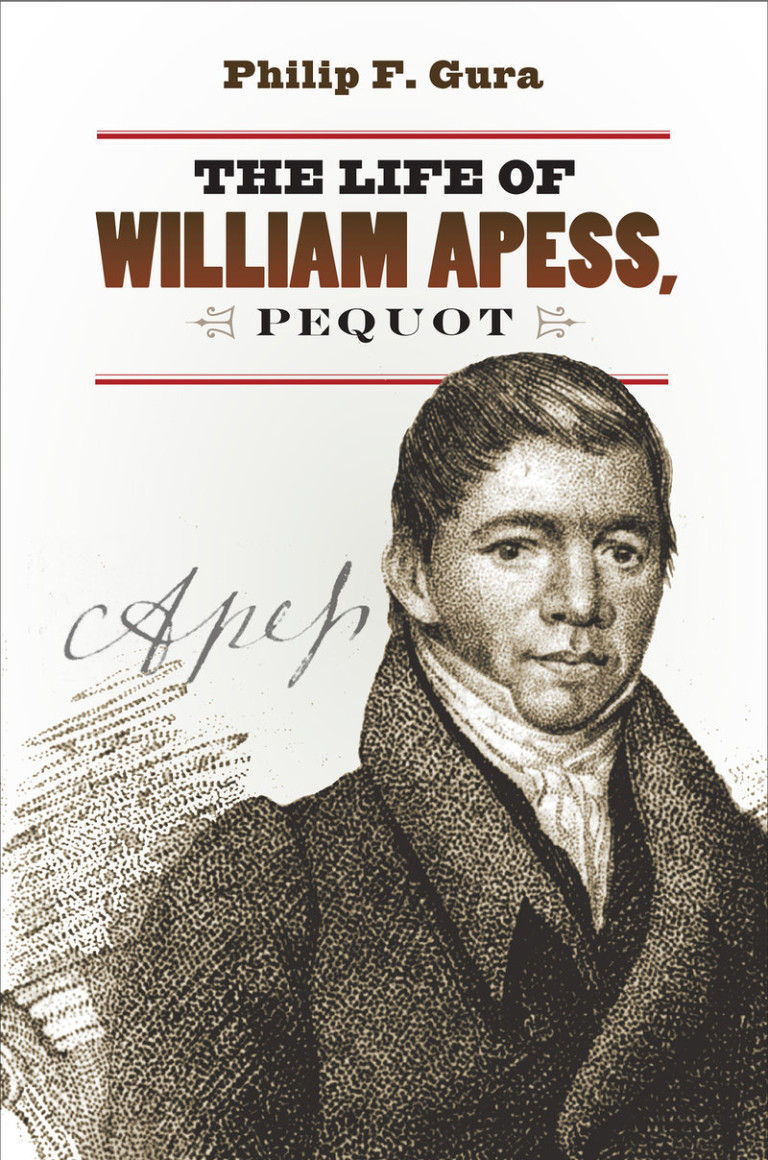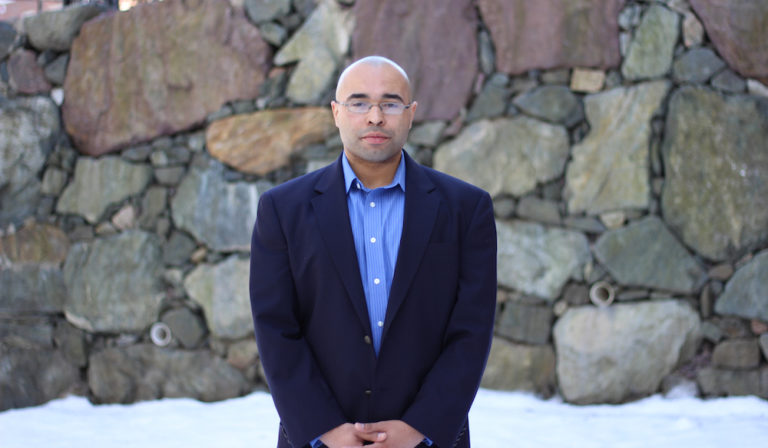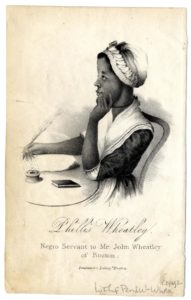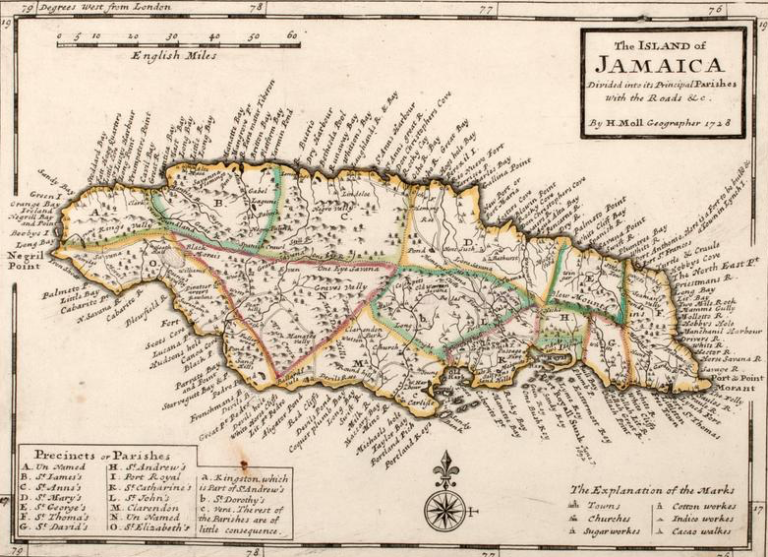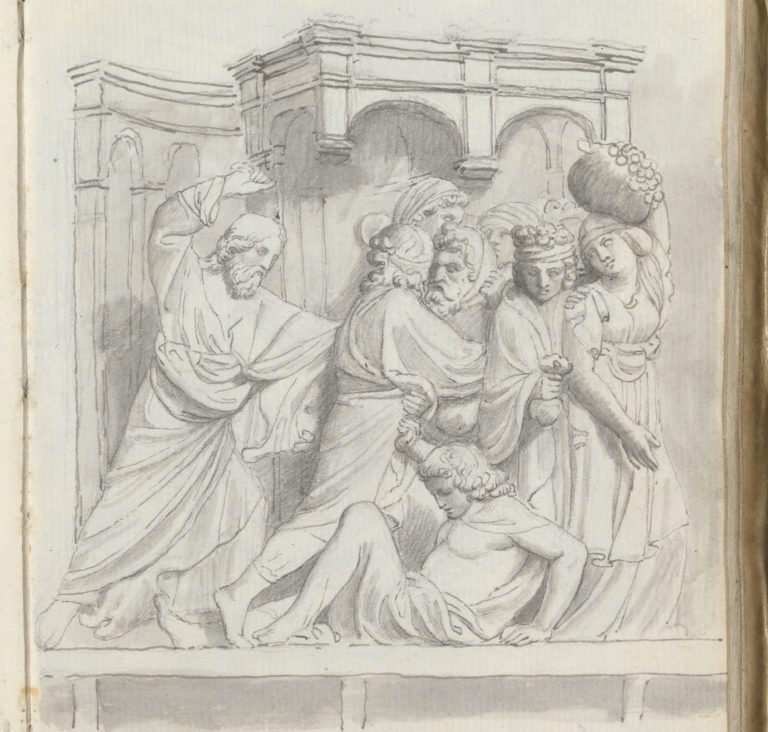Deist Holy War?

I wanted to like this book. I really did. But Jortner lost me pretty early on. The premise appeared promising. He would show how two religious cultures—Indian nativism and Anglo-American deism—clashed and led to the dramatic battle at Tippecanoe, where the nativist Shawnee Prophet (Tenskwatawa) and his brother Tecumseh faced off against deist William Henry Harrison, who later became our nation’s oldest (until Reagan) and shortest-serving president. My initial misgivings—prompted by the “holy war” in the title—soon grew into more serious reservations.
The Gods of Prophetstown promises an important scholarly contribution: Jortner challenges the reader to un-know what she already knows, for, he suggests, the United States’ victory over Indian peoples was not a foregone conclusion (10). It is a perfect opportunity to build on the excellent scholarship of recent decades with new primary research woven together into a sensitive dual biography that explores the intersection of religion, politics, and race. Unfortunately, what we are left with instead are caricatures. The problems fall into several categories: conceptual, tonal, and factual, all of which might have been resolved with a bit more care in the revision process.

Pairing Tenskwatawa and Harrison is a potentially brilliant—and extremely challenging—comparison to make as the men and the relevant sources are like apples and oranges. Part of the problem may simply be that Harrison does not make a very colorful subject for a biography. And the Shawnee Prophet, like all prophets, poses distinct challenges to a biographer—if anything, he is too colorful. Jortner implies provocatively that the two men, and their gods, met at the battle of Tippecanoe, “for it was the gods, as well as the people, of Prophetstown who created the American frontier, in all its terror and glory” (13). This sentence, like too many others, is designed more to shock than to explain. With some deft theorizing and careful laying of the groundwork, this odd coupling could yield new analytical insights. The comparison would have been much easier, perhaps, had Harrison represented evangelical, rather than rationalist, religion, and then Harrison’s expansionist impulses might be more readily cast as a holy war. That is not to say there is no relationship between American expansionism and religion, but Harrison’s actions appear to have been rationalized by the cool calculus of conquest rather than fueled by a fervent desire to fulfill God’s direct command. Perhaps the difference doesn’t matter, but I would like to see Jortner theorize holy war more thoroughly to justify what seems to be an expansion of the term beyond its common usage.
To do this, Jortner needs a clearer presentation of Harrison’s religion, and on this, the sources seem to be quite thin, leaving him to fill in the gaps in often strange and unpersuasive ways. Jortner’s claim of a holy war rests mostly on the idea that Harrison believed in a deist Providence that guided American expansion across the continent. Yet in explicating this understanding of Providence, he draws on New England Congregational divines like Thomas Prince, hardly a deist. Jortner misinterprets a 1727 sermon on earthquakes by Prince to be saying that “nature ran on its own,” when in fact he believed, as most Puritans did, that God was a pre-eminent micro-manager. Similarly, he misreads Boston minister Jacob Cushing as affirming the deist view of Providence (43). In the same sermon quoted by Jortner, Cushing preached in 1778: “God is the sovereign of the world, and disposes all things in the best manner. All blessings and calamities, of a public nature, and the revolutions of kingdoms and states, are to be viewed as under the special direction of heaven.” This is hardly the watchmaker God. Jortner later undermines his own reasoning when he notes that New Englanders were less eager for war in 1811, because “the deist strain of Christianity had foundered against longstanding Congregationalist piety” (207).
The confusion continues in Jortner’s final analysis of the religious significance of the war when he argues that the conflict cleared the way for the rise of evangelical religion and the Second Great Awakening. He writes that “if the War of 1812 can be read as a struggle between the clockmaker god and the Master of Life, then both may have become too exhausted by the fighting to establish their empire. A new religion took their place” (224). Again, he’s misrepresenting the deist God, and over-simplifying a tremendously complex religious landscape as if it were a chess board.
Jortner further sacrifices the utility of the comparison of Tenskwatawa and Harrison by choosing to see their respective religions through different academic lenses, thus resorting to the same sort of dualistic thinking that he so condemns in Harrison and his ilk. But now the tables are turned, and Tenskwatawa is a priest of the true religion, and white Americans are so many deluded idolaters. Jortner wants to atone for past ills against Indian religions, and this leads him to warn his readers that accepting naturalistic explanations for the eclipse of 1806 (rather than Tenskwatawa’s supernatural intervention) “implies that Native American belief systems were merely the trickery and superstition that men such as Harrison assumed them to be” (9). One could easily take an intermediate position to emphasize that the Prophet and his followers believed he blocked the sun and that that belief had real consequences, while remaining agnostic about the reality of Tenskwatawa’s powers. Jortner briefly embraces this possibility, but it seems to get trampled under his desire to give real agency to “the gods of Prophetstown.” Jortner’s position that Indian religions are authentic and noble while white religion can only be self-interested leads him to some strange places: the Prophet’s witch-hunts become a necessary purging of heretics, which were “remarkably successful” at dismantling “tribal divisions and craft[ing] a new basis for pan-Indian resistance” (118). He then backs away from this endorsement by cataloging equally strange or repulsive religious ideas—like vampirism—that flourished among white communities at the same time, as if to excuse the Prophet’s actions because white Christians were doing some crazy stuff too (112-15).
I am not trying to suggest that Harrison was morally unimpeachable or that his expansionist views ought to be defended—far from it. However, for a convincing biography, I’d like to see greater effort to understand him as a living, breathing human being, which means I’d like some explanation for or insight into his moral turpitude. Unfortunately, there are too many moments that resemble character assassination more than character analysis, as when Jortner posits: “perhaps to take his mind off his frustrations with the Prophet, Harrison redoubled his efforts to root out traitors among the whites and extinguish freedom among the blacks” (141). I don’t question Jortner’s claims about “extinguishing freedom,” but I imagine these things were done for deeper reasons than simply to distract himself.
If Jortner’s point is to regain the contingency, and peel away the sense of inevitability of American expansion, he leaves the reader with no real explanation for the course of events. If, as he says, the Prophet was divinely inspired and capable of miracles, and a masterful diplomat who led his united followers in a noble cause, while Harrison and other Americans were bumbling and inept, why then did the United States prevail? One is left to conclude that perhaps there was a certain demographic inevitability to American conquest. Jortner gives scant attention to the native peoples behind (and opposed to) the Prophet, focusing exclusively on Tenskwatawa as a powerful, charismatic, divinely inspired revolutionary. Jortner is thus at a loss to explain the failure of the movement, opposition to the movement by other native peoples, dissent within the movement, or troubling aspects of the Prophet’s program such as shutting down the women’s councils or conducting witch hunts.
A host of unnecessary asides and jarring descriptions often turn the text into a polemic, thus undermining Jortner’s analysis. For example, he suggests that Johannes Gutenberg’s moveable type press was “a small improvement on a Chinese technology” (19). While it may or may not have been, such a statement has little relevance here. Other passages seem more for effect than analysis, like his claim that western movement depended on extinguishing Indian titles, “a task at which the early American government was proving singularly incompetent” (48); in fact, the government proved devastatingly competent at this task, through multiple means. The dualistic portrayal of Indians and whites pervades the book, in subtle and not so subtle ways. While phrases like “worked assiduously” (193), “offered a diplomatic masterstroke” (138), and “eloquent and memorable speeches” (183) describe Tenskwatawa, Harrison and his associates are “ham-handed” (138) “apparatchiks” (88), and “saber-rattlers” (153), who were “a little slow on the uptake” (158) and who “dithered” (62), “wangled” (84), “vented his spleen” (184). Such language serves only to undermine Jortner’s more substantive and defensible claims.
I suspect The Gods of Prophetstown was rushed to production for the 200h anniversary of the famed Battle of Tippecanoe. A bit more time might have eliminated some of the simple factual errors. The ones I noticed relate to my own research, but it makes me wonder whether the problem is broader. For example, Jortner locates the 1782 massacre of Moravian Indians both wrongly at Gnadenhütten, Pennsylvania (47), and rightly at Gnadenhütten, Ohio (55). The Moravian mission and the Delaware village Woapicamikunk on the White River are alternately listed as being in Ohio (100, 107), on the shores of Lake Erie (112), and finally where they belong, in Indiana (118). Joshua, one of the Indians killed in the Prophet’s witch hunt, is described as “an enthusiastic young convert,” when in fact he was born and raised within a Mohican-Moravian community and was in his mid-sixties at the time of his death (110).
Jortner, I believe, would feel most comfortable taking up his battle position in the company of Francis Jennings, taking aim at the heroes of American exceptionalism and manifest destiny while attempting to restore the voice of the oppressed. But, at least in the academy, that battle has long been won. The better path to challenging defenders of American exceptionalism would be to humanize all players, rather than reversing the casting. Reflecting a newer wave of scholarship, Jortner could have done more to reveal the debates within the Indian and white communities behind Tenskwatawa and Harrison. Such a focus would effectively restore a sense of contingency and nuance to his portrait of a hugely complex religious, political, and racial landscape.
This article originally appeared in issue 12.4 (July, 2012).
Rachel Wheeler is associate professor of Religious Studies at Indiana University-Purdue University at Indianapolis and is Senior Fulbright Scholar in American Studies at the Universities of Mainz and Heidelberg during the 2011-12 year. She is the author of To Live upon Hope: Mohicans and Missionaries in the Eighteenth-Century Northeast (2008).

